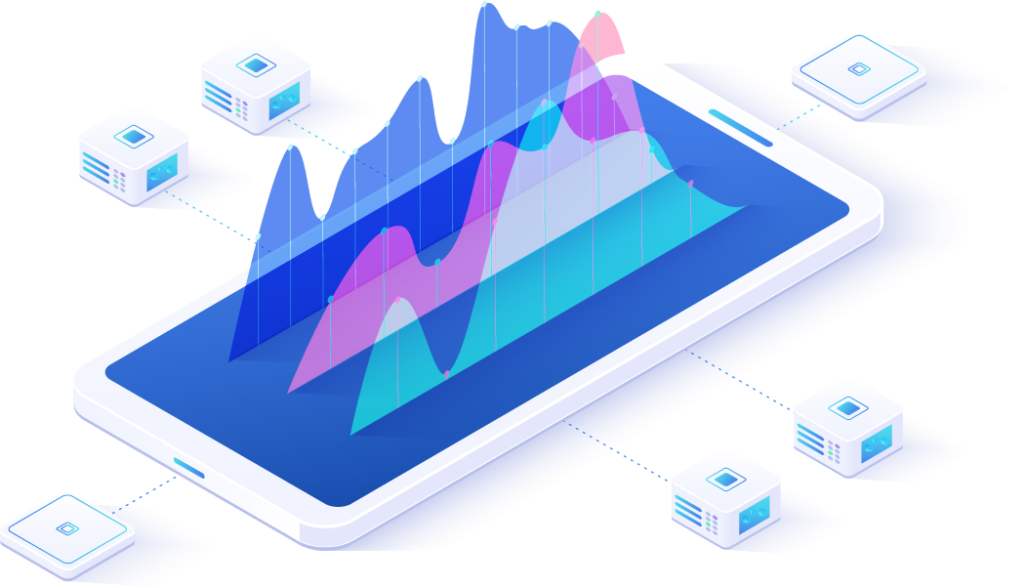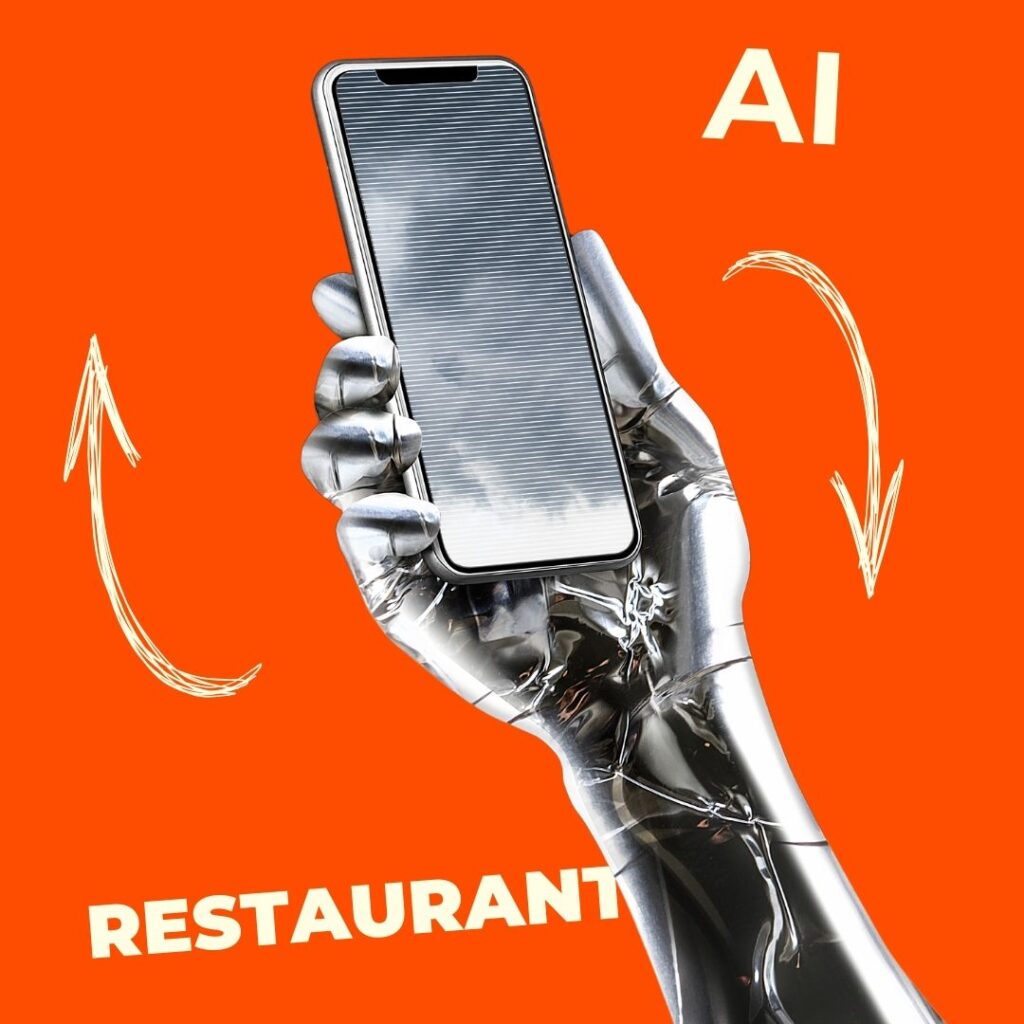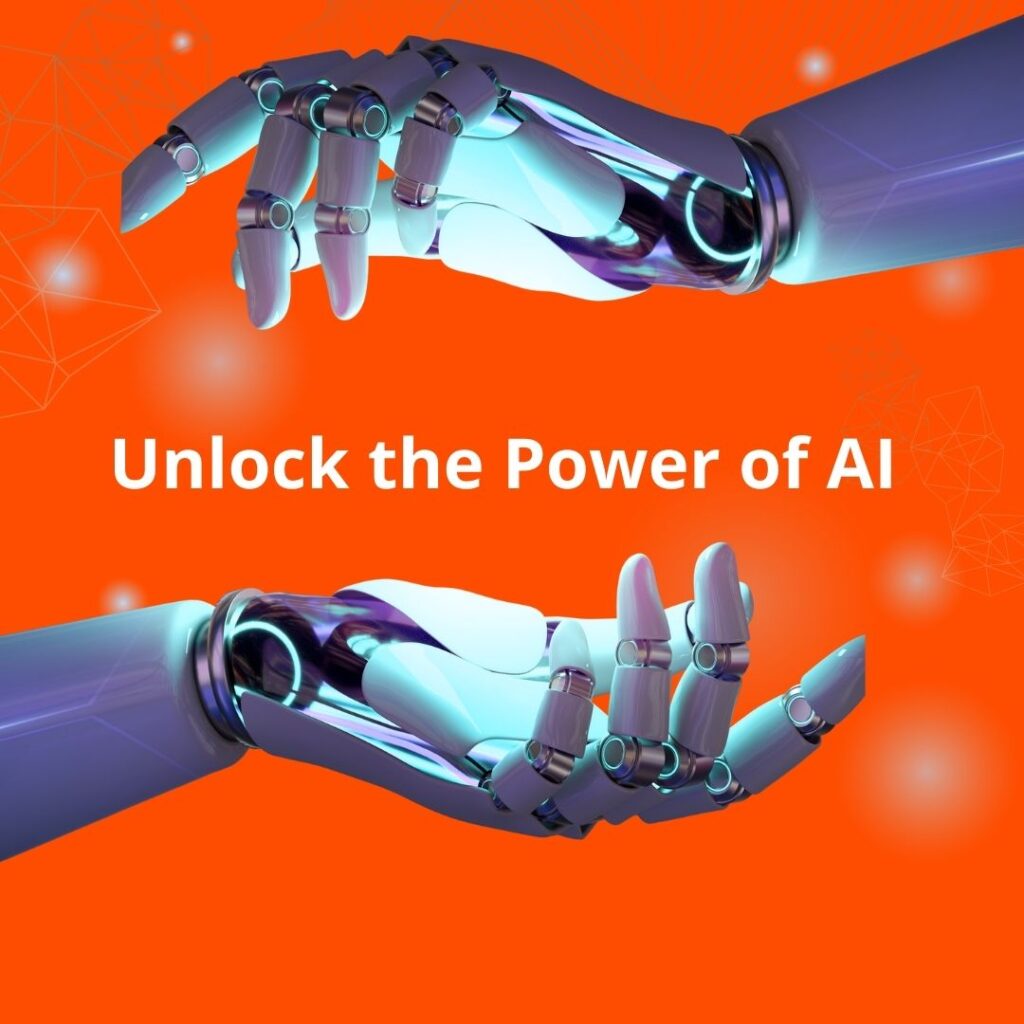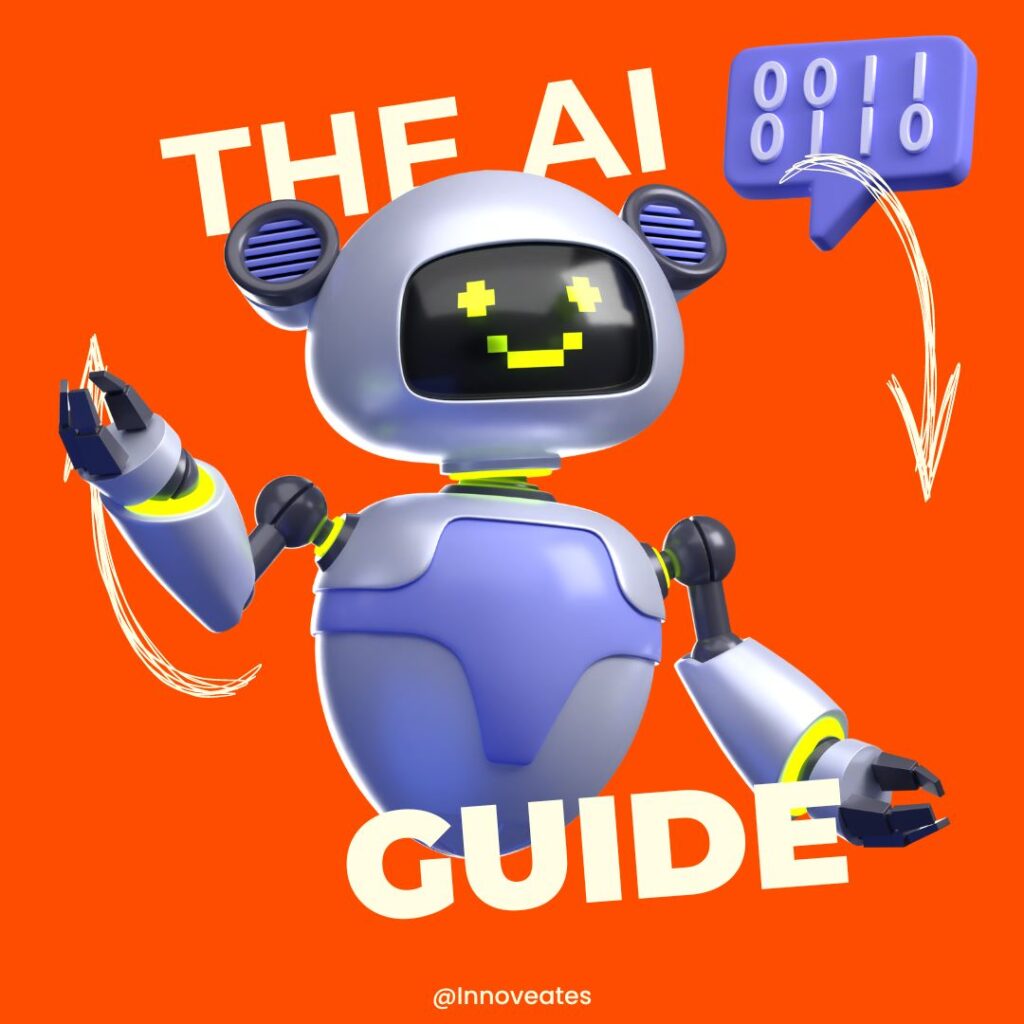Transforming Restaurant Operations: The Future of Staff Training with AI
Fernando Islas
Writer & Professor
- July 5, 2024

Table of Contents
In the ever-evolving landscape of the restaurant industry, technology is reshaping how we think about operations, customer service, and staff management. One of the most groundbreaking advancements in recent years is the integration of Artificial Intelligence (AI) into various facets of restaurant operations. From automating reservations to optimizing supply chains, AI is revolutionizing the industry. However, one of the most impactful yet often overlooked applications of AI is in staff training.
Thesis Statement:
AI training for restaurant staff is transforming the industry by enhancing operational efficiency, improving customer service, and streamlining overall restaurant functions. Let’s delve into how this cutting-edge technology is poised to redefine the future of restaurant staff training.
Understanding AI in the Restaurant Industry
AI, or Artificial Intelligence, encompasses the development of systems that can perform tasks traditionally requiring human intelligence. In the restaurant industry, AI’s applications are vast and varied. From chatbots that manage customer inquiries to advanced analytics predicting inventory needs, AI is helping restaurants operate more smoothly and effectively. By automating routine tasks and providing insights into customer behavior, AI allows restaurant staff to focus more on delivering exceptional dining experiences.
The Need for AI Training in Restaurants
Traditional training methods in the restaurant industry often fall short due to high employee turnover rates, inconsistent training quality, and the time-consuming nature of training sessions. AI training offers a solution to these challenges by providing scalable, consistent, and personalized training programs. Employees can learn at their own pace, receive immediate feedback, and access training materials anytime and anywhere. This not only reduces the learning curve but also ensures that all staff members are trained to the same high standard.
Implementing AI Training Programs
To implement AI training programs successfully, it’s crucial to select the right tools and integrate them seamlessly with existing systems. Look for AI solutions that are user-friendly, scalable, and cost-effective. For example, AI-driven training platforms can be integrated with POS systems to provide contextual training based on real-time data. This makes the learning experience more relevant and directly applicable to daily operations.

Here’s a step-by-step guide to getting started with AI training:
- Identify Training Needs: Determine the specific areas where AI training can add the most value, such as customer service, kitchen operations, or management skills.
- Choose the Right AI Tools: Research and select AI tools that align with your restaurant’s needs and budget.
- Pilot Program: Start with a pilot program to test the effectiveness of the AI training and gather feedback from staff.
- Full Implementation: Roll out the AI training program across the entire restaurant, ensuring all staff members are onboarded smoothly.
- Continuous Evaluation: Regularly assess the impact of AI training and make necessary adjustments to optimize its effectiveness.
Real-World Examples and Case Studies
Consider the case of a mid-sized restaurant chain that implemented an AI training program to streamline onboarding and skill development. Within six months, the restaurant saw a 20% reduction in training time and a 15% improvement in customer satisfaction scores. The AI system provided personalized training modules, tracked progress, and offered actionable insights, leading to more efficient and knowledgeable staff. Industry experts highlight the transformative potential of AI in training, emphasizing its ability to adapt to individual learning needs and continuously improve training effectiveness.
Overcoming Potential Challenges
Despite the clear benefits, transitioning to AI-based training can present challenges. Common concerns include the initial investment, integration complexities, and fear of job displacement. However, these challenges can be mitigated through careful planning and a phased implementation approach. Start with pilot programs to test the effectiveness of AI training and gather feedback from staff. Emphasize the role of AI as an augmentation tool rather than a replacement, ensuring that employees understand its value in enhancing their skills and job satisfaction.
The Future of AI in Restaurant Training
The future of AI in restaurant training is incredibly promising. Emerging trends include AI-driven virtual reality (VR) training simulations, which provide immersive learning experiences, and advanced data analytics, which offer deeper insights into training effectiveness and employee performance. The long-term benefits of AI training are manifold: higher employee retention, improved customer experiences, and increased profitability. By staying ahead of the curve and embracing AI training, restaurants can ensure they are well-equipped to meet the demands of the future.

AI Training vs. Traditional Training for Restaurants
Consistency: Traditional training often varies depending on the trainer and methods used, leading to inconsistencies in how staff are trained. AI training, on the other hand, provides consistent materials and methods, ensuring that every employee receives the same high-quality training.
Case Study: A large restaurant chain in the U.S. implemented AI training to address inconsistencies in staff training across its multiple locations. With AI, they standardized their training modules, ensuring uniformity in service quality. As a result, customer satisfaction scores improved by 18% within the first quarter.
Personalization: Traditional training programs have limited ability to tailor content to individual learning styles and paces. In contrast, AI training offers personalized learning paths, adapting to each staff member’s needs and preferences, making the training more effective and engaging.
Case Study: A boutique hotel with a renowned restaurant adopted AI training to personalize staff development. The AI system tailored training modules based on individual performance metrics and learning styles, resulting in a 25% increase in staff retention rates and a 30% improvement in service efficiency.
Scalability: Scaling traditional training programs can be challenging, especially for multi-location restaurants. AI training is easily scalable, accommodating an increasing number of users and expanding functionality as needed without requiring significant additional resources.
Example: A fast-food franchise with over 500 locations utilized AI training to scale their onboarding process. This allowed new hires to be trained simultaneously across all locations, reducing training time by 40% and ensuring consistent quality.
Cost: Traditional training can be expensive due to the need for trainers, printed materials, and dedicated training sessions. While AI training may have higher initial setup costs, it offers long-term savings through automation and reduced need for ongoing manual training efforts.
Example: A fine-dining restaurant in New York invested in an AI training platform. Despite the initial costs, the restaurant saved over $50,000 in the first year by reducing the need for in-person trainers and printed materials.
Accessibility: Traditional training requires scheduling dedicated sessions, which can disrupt daily operations. AI training is available on-demand, allowing staff to train at their convenience without interfering with restaurant operations.
Example: A chain of cafes implemented AI training modules accessible via mobile devices. Staff could complete training during downtimes, resulting in minimal disruption to daily operations and a 15% increase in training completion rates.
Implementing AI Training Programs for Restaurant Staff
| Implementation Phase | Description | ChatGPT Training Applications | Examples of Use |
|---|---|---|---|
| Assessment | Identify training needs and goals for the restaurant staff. | Use ChatGPT to evaluate common staff training challenges and gather insights on specific training needs. | Conduct a survey with staff using ChatGPT to identify knowledge gaps and training preferences. |
| Content Creation | Develop training materials and modules customized to the restaurant's requirements. | Utilize ChatGPT to generate training scripts, role-playing scenarios, and interactive learning modules. | Create a ChatGPT-powered module for handling difficult customer interactions, complete with dialogue examples and best practices. |
| Integration | Seamlessly integrate ChatGPT with existing restaurant systems. | Set up ChatGPT to work alongside POS systems and scheduling software to provide real-time training prompts and reminders. | Integrate ChatGPT with the restaurant's POS system to provide instant training tips on upselling techniques during service hours. |
| Interactive Training | Provide interactive, scenario-based training sessions using AI tools. | Deploy ChatGPT to simulate customer interactions, allowing staff to practice and improve their communication and problem-solving skills. | Use ChatGPT to role-play customer complaints and provide instant feedback on how the staff member handled the situation, suggesting improvements and praising effective responses. |
| Continuous Learning | Ensure ongoing training and development opportunities for staff. | Employ ChatGPT to deliver regular updates, new training modules, and refresher courses to keep staff skills current. | Schedule weekly sessions where staff can engage with ChatGPT to learn about new menu items, seasonal promotions, and updates on restaurant policies. |
| Feedback and Analytics | Collect feedback and measure the effectiveness of the training programs. | Use ChatGPT's analytics capabilities to track training progress, identify areas for improvement, and gather feedback from staff on the training experience. | Analyze data on staff performance improvements and training module completion rates provided by ChatGPT, adjusting training materials based on staff feedback and identified needs. |
| Support and Assistance | Provide ongoing support and assistance to staff using AI tools. | ChatGPT can act as an on-demand virtual assistant, answering staff questions about procedures, menu items, and customer service strategies in real time. | Implement a ChatGPT-powered support system where staff can ask questions about daily operations, receive guidance on new processes, and get immediate answers to common issues faced during service hours. |
| Review and Adaptation | Regularly review the training programs and adapt based on performance and feedback. | Continuously update training materials with ChatGPT based on new industry trends, customer feedback, and staff performance reviews. | Schedule quarterly reviews of the training program's effectiveness, incorporating new scenarios and materials suggested by ChatGPT based on recent trends and staff feedback. |
| Compliance and Standards | Ensure all training materials meet regulatory compliance and industry standards. | Use ChatGPT to create and update training materials that adhere to health and safety regulations, customer service standards, and industry best practices. | Develop a comprehensive health and safety training module using ChatGPT, ensuring all staff are aware of and compliant with local regulations and restaurant policies. |
| Customization | Customize training modules to fit specific roles within the restaurant. | Tailor ChatGPT training modules to different roles such as servers, chefs, and managers, focusing on the unique skills and knowledge required for each position. | Create role-specific training scenarios using ChatGPT, such as kitchen safety protocols for chefs and effective communication techniques for servers, ensuring targeted and relevant training experiences. |
Personal Opinion:
As someone who has closely observed the dynamic evolution of the restaurant industry, I am genuinely excited about the potential of AI in transforming staff training. Traditional training methods, while effective in the past, often struggle to keep pace with the rapid changes and high turnover rates common in the industry. AI brings a level of consistency, personalization, and scalability that traditional methods simply cannot match. By providing real-time feedback, continuous assessment, and interactive learning experiences, AI not only enhances staff performance but also significantly improves overall restaurant operations. In my view, the adoption of AI in staff training is not just a trend but a necessary evolution for any restaurant aiming to stay competitive and deliver exceptional customer experiences.
- All Projects
- Marketing in Restaurant
- Back
- Web design
- Social Media for restaurant
- Ai in restaurant
- Augmented reality in restaurant






